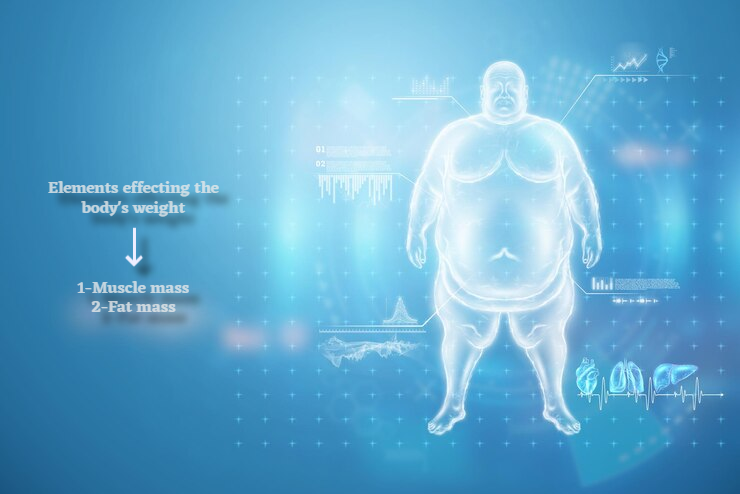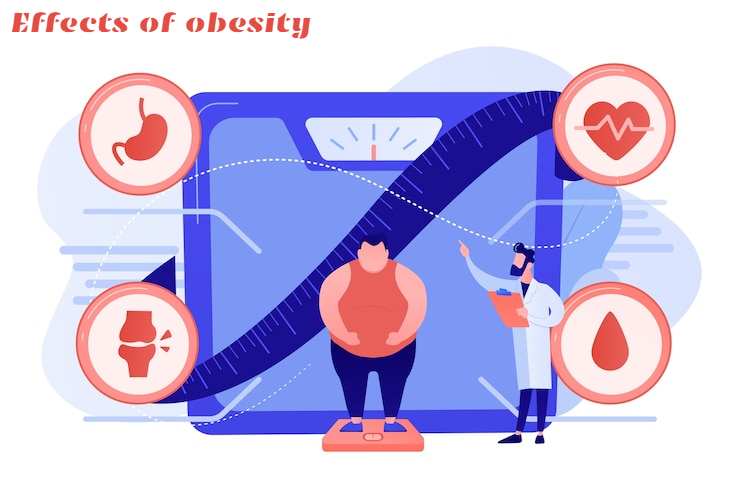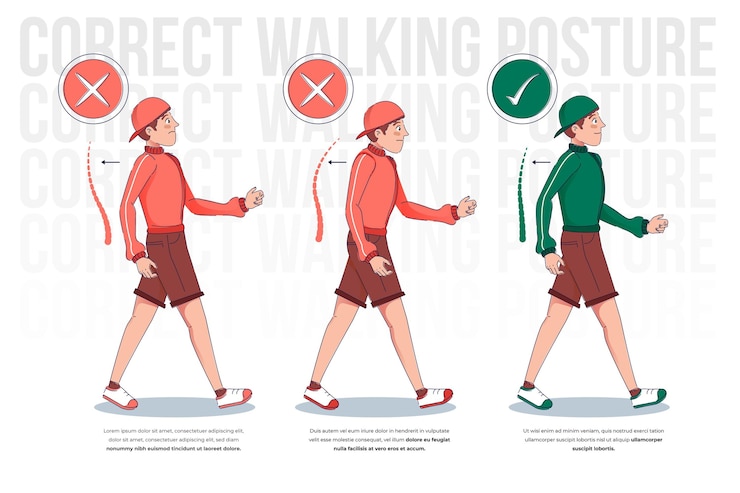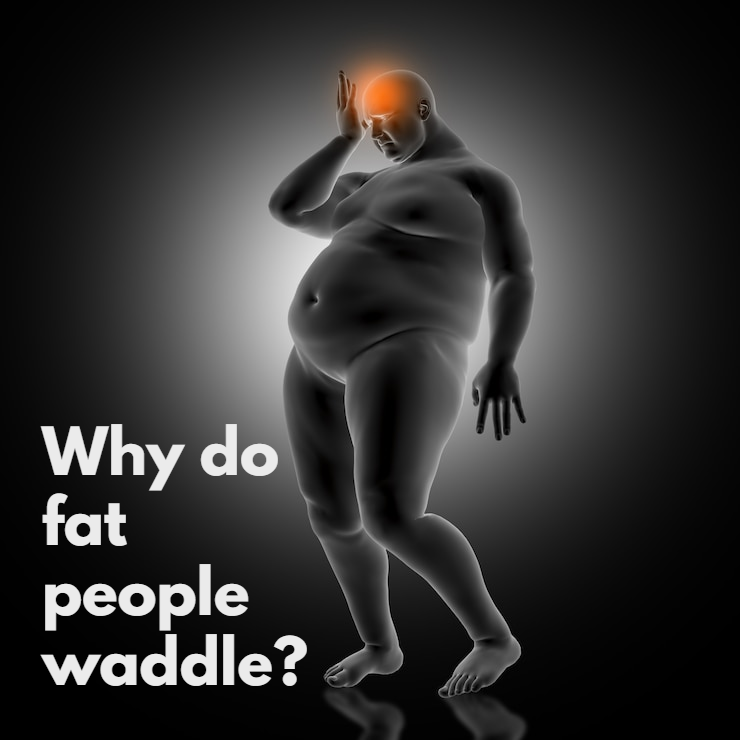Have you ever wondered why fat people waddle? there is a scientific explanation for why this happens. Here’s what you need to know about the biomechanics of obesity and how it affects your gait.
Biomechanics of obesity
Many factors contribute to obesity, but biomechanics is one of the key contributors. We will discuss the biomechanics of obesity and how they affect weight gain.
The following two elements determine the body’s weight:
1-Muscle mass
2-Fat mass.
When you carry too much extra weight around your body, it puts strain on your skeletal system. This can lead to problems like arthritis or back pain. Additionally, excess abdominal weight increases pressure in your lower abdomen, which reduces blood flow to other areas of the body including the legs and feet. In short, having too much muscle or fat puts unnecessary stress on our bodies – both physically and emotionally – which can ultimately lead to health problems!

Gait cycle of overweight people
There is no perfect gait for people who are overweight or obese. However, people who are overweight frequently use a few common walking patterns. Here’s a look at four of the most common:
1-The “Sprinting Gait”
The characteristics of this pattern are short steps and high speeds. It can be very tiring and may lead to injuries if it’s not executed correctly. Sprinting usually occurs during periods of intense activity
2-The “Walking Gait”
This is the most popular walking style among overweight and obese people. It has a slower pace than the sprinting gait but also takes longer strides than the normal stride length. This way of walking tends to result in more frequent stops and starts because it takes more time between strides.
3-The “Couch Potato Gait”
This style is prevalent among those who spend their days sitting in front of computers or television screens all day long. People in this habit usually move with shorter steps, use less energy overall, and have shorter bouts of physical activity overall compared to other gaits. This type of gait can lead to obesity due to its chronic low level of exercise over time.
The effects of obesity on weight
Obesity has negative long-term effects on gait and that’s the reason why fat people waddle, which can lead to problems such as:
- Firstly, falls and injuries.
- Secondly, as obesity increases, the center of gravity moves further away from the feet. This causes abnormal positioning of joints in the lower extremities, which affects how you walk.
- Thirdly, obese people tend to have wider hips which worsens their balance and leads to a more pronounced swaying motion when walking which creates extra stress on the knee joints and other areas of the body.

How to avoid waddling gait?

There are several ways to correct gait waddling and abnormalities:
- Customize your walking style by adjusting your stride length, width, and cadence.
- Treat underlying biomechanical issues such as pronation (foot rotation) or supination (foot rolling).
- Rehabilitate injured muscles using exercises specifically designed for this purpose.


















